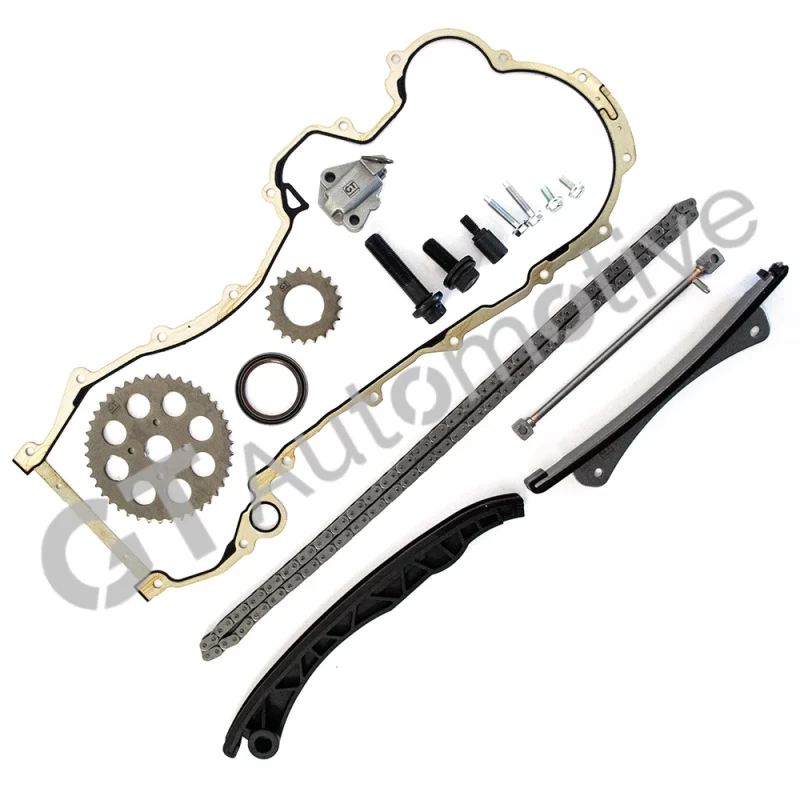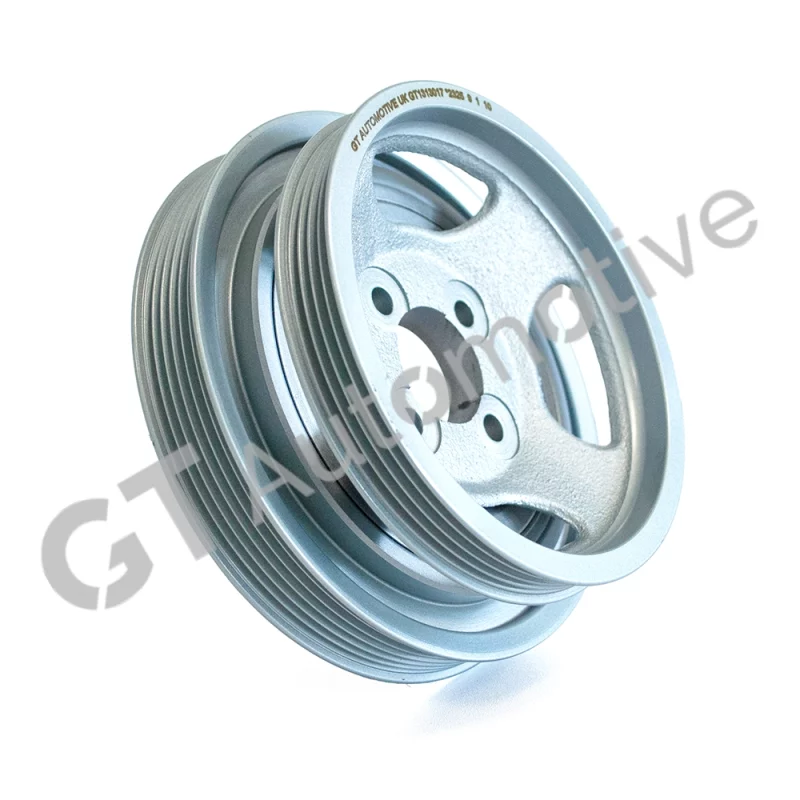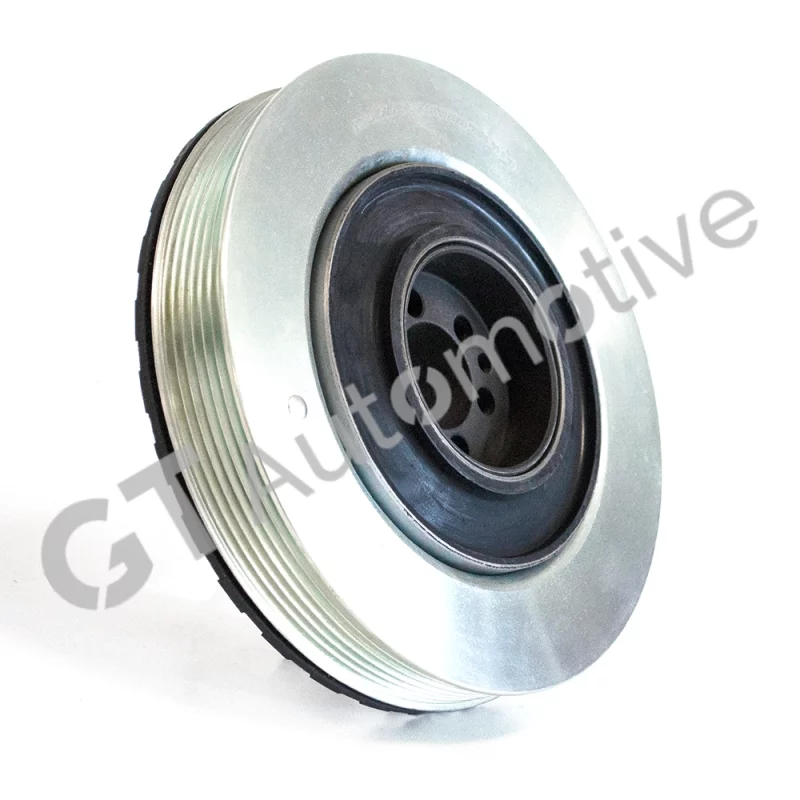The multijet was established as a collaboration between Fiat and General Motors. The project was initiated in 1996, the first iteration being the 1.9L multijet. The 1.3 multijet was put into production in 2003 and was labelled the international engine of the year in 2005, it was also regarded as India’s national diesel engine powering 24 cars in the country.
The 2.4 JTD engine was one of the first to incorporate direct injection, controlled by an ECU, and paved the way for Common Rail Direct Injection engines as we know them today.
The 1.3 JTD is one of the biggest collaborations among manufacturers and can be found in: Alfa Romeo, Chevrolet, Chrysler, Citroen, Fiat, Ford, Opel, Peugeot and Suzuki.

While the multijet is regarded as a robust engine, it is not without its faults. Some of the most common issues include problems with the diesel particulate filter (DPF), the risk of diesel runaway and timing chain wear.
DPF
With the introduction of Euro 4 legislation in 2005, manufacturers began installing diesel particulate filters to help reduce soot emissions. The DPF is designed to trap large soot particles and burn them off at high temperatures through a process call DPF regeneration.
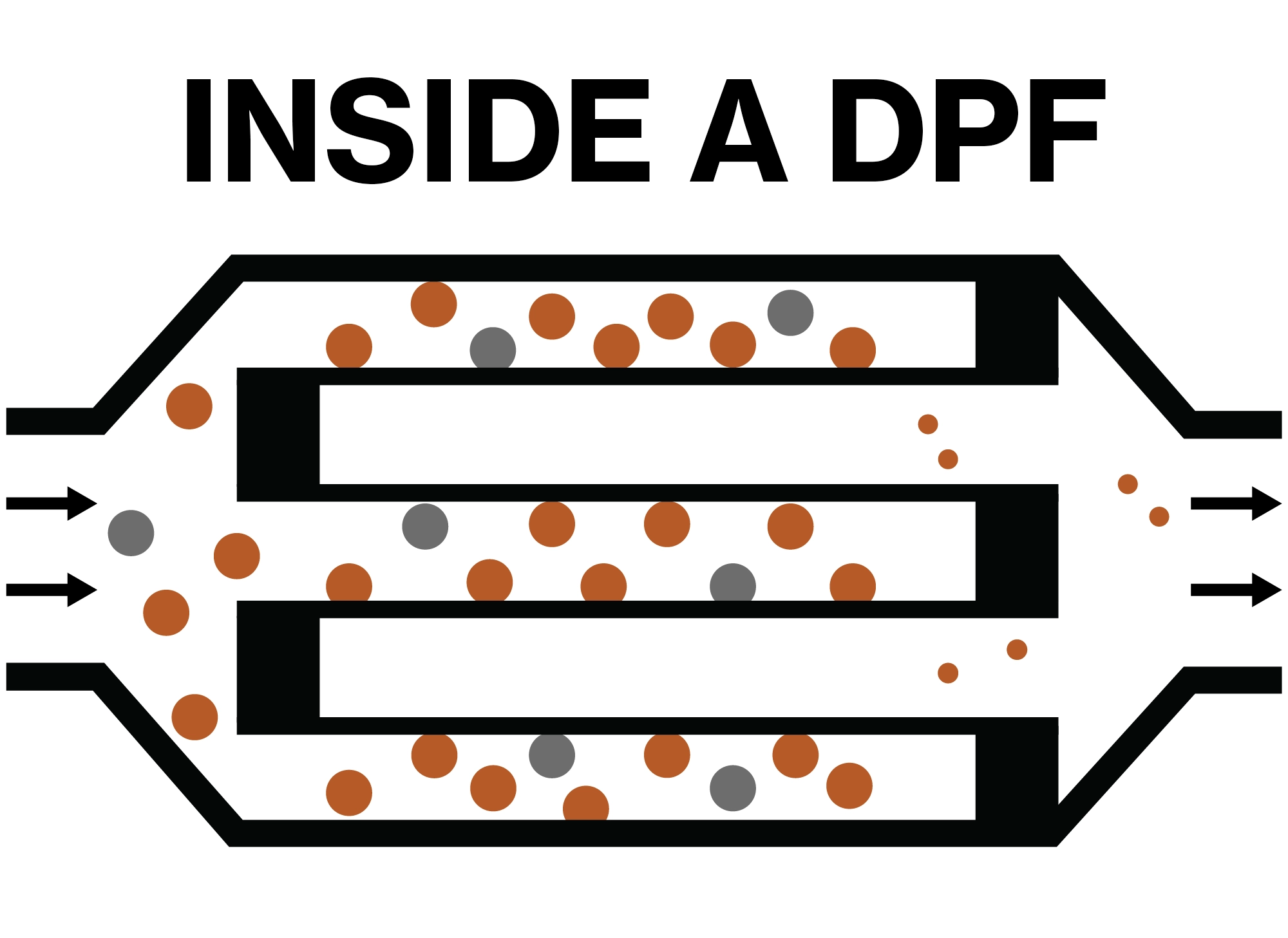
However, if the engine is not run for a long enough period, the exhaust does not get hot enough for the DPF to regenerate properly. When this happens, soot builds up inside the filter, eventually leading to a blockage. A blocked DPF can cause:
- Reduced power
- Increased Exhaust smoke or a strong smell
- Engine stalling or failure to start
A severely blocked DPF can also lead to diesel runaway, one of the most dangerous faults in diesel engines.
Diesel Runaway
If the DPF cannot regenerate, the ECU will attempt active regeneration by injecting extra fuel to increase exhaust temperatures. A known issue with this process occurs when the excess fuel leaks past the piston rings and mixes with the engine oil in the sump.
If left unresolved, the oil level will continue to rise, and the engine can begin running on its own sump oil. When this happens, the engine speed will increase uncontrollably, and the only way to stop the engine is by forcibly stalling it.
Timing Chain
When fuel mixes with the engine oil, it also affects its ability to lubricate essential components, including the timing chain. A lack of proper lubrication causes excessive wear on the chain, which is commonly referred to as chain stretching.
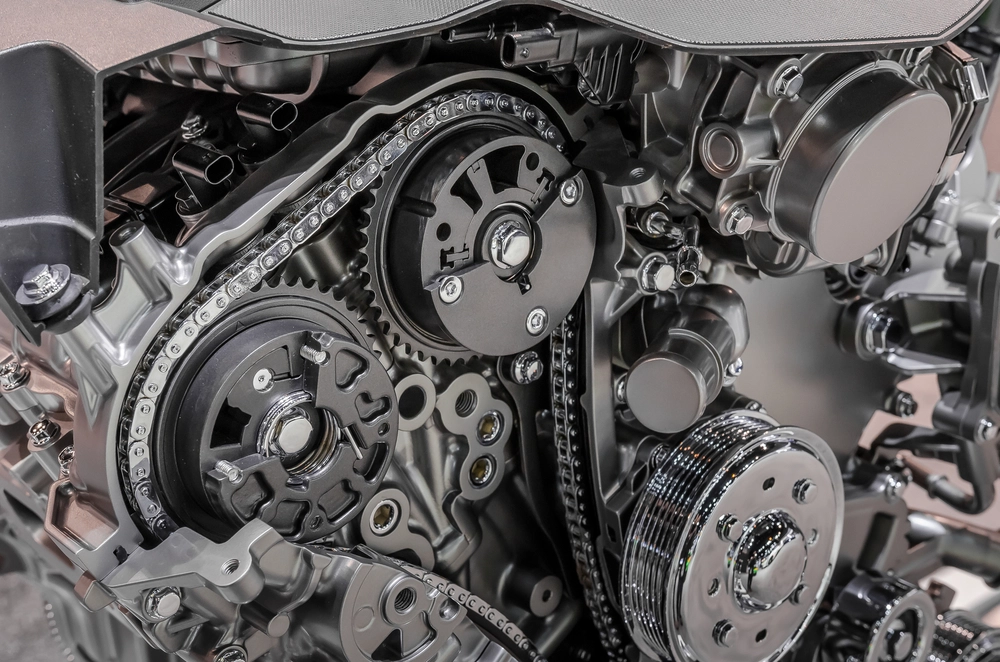
In reality, the chain itself does not stretch, but as the links and rollers wear down, the clearance between each link increases, making the chain appear elongated.
Symptoms of timing chain wear include:
- Loss of power
- Rattling noises from the engine
- The chain skipping teeth on the sprockets, causing the engine to go out of sync
If the chain is not replaced in time, it can snap, leading to severe engine damage.
You can read more about timing chain failure here>
Conclusion
Despite its faults, the multijet remains a well regarded engine due to its efficiency and widespread use. However, issues surrounding the DPF and timing chain are well documented and can lead to costly repairs if not addressed.
To help prevent timing chain related failures, we have just released a new timing chain kit designed specifically for multijet applications. Manufactured to OE quality, this kit ensures long lasting performance and reliability, providing a direct replacement for worn or stretched chains.

